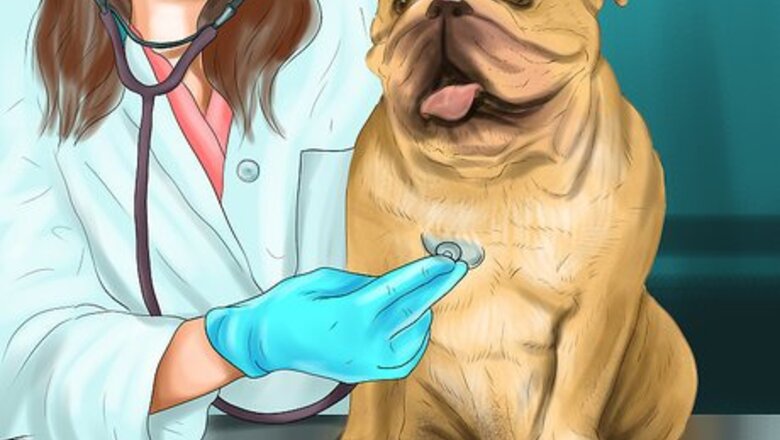
views
Watching Out for Specific Conditions
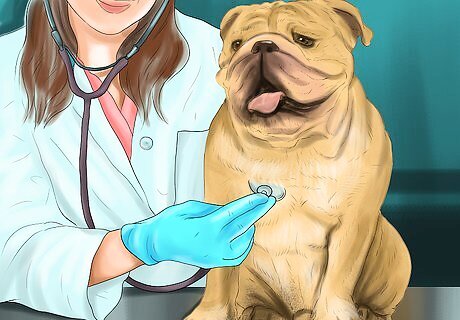
Monitor your dog's health actively. You likely already know that you should take your dog to the veterinarian for an annual checkup, even if they seem to be entirely healthy. This will help your veterinarian spot any symptoms that you don't notice and address potential issues before they are more dangerous. Further, whenever your dog's behavior changes unexpectedly, they become easily bothered, or seem to be in pain, don't hesitate to bring them in for a check up. Meanwhile, make sure you're providing your dog with a healthy lifestyle - including a consistent diet and lots of exercise.

Familiarize yourself with the health problems that may affect your dog. Many breed-specific conditions and risks exist. In order to help your dog stay as healthy as possible, ask your veterinarian what you should watch out for. For even more in depth information, consult a publication by a trusted veterinary organization regarding the risks your dog may face. Look online for breed-specific associations. If one of these associations exists for your dog's breed, contact them or check their website for information about health issues that your dog may be likely to face.

Have a veterinarian check on any eye issues. Some dogs, such as Siberian Huskies, are genetically predisposed to progressive eye diseases. If any symptoms emerge that affect your dog’s eyes, especially when they are young, notify your veterinarian immediately. Surgery may be able to prevent blindness. Note that Huskies are prone to many genetic diseases, including autoimmune diseases and some skin conditions.
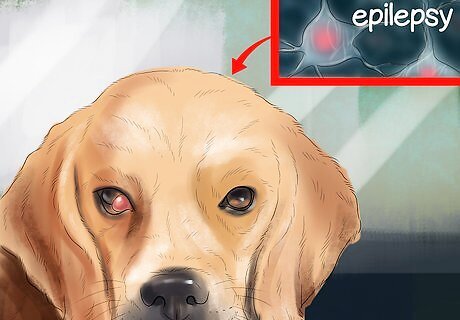
Watch for signs of epilepsy in young Beagles. Any dog can have epilepsy, but Beagles are especially prone. This brain disorder usually begins to cause seizures between 6 months and three years of age. Though epilepsy cannot be cured, medicine can help minimize the number and dangers of seizures. Note that Boxers are also prone to epilepsy. Beagles are also prone to hypothyroidism, ear infections, diabetes, obesity, and eye problems. Signs of hypothyroidism include lethargy, skin abnormalities, and a slow heart rate.
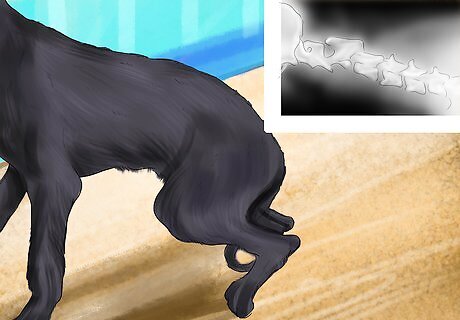
Closely monitor Great Danes for developmental issues. Technically classified as a “giant” breed, the health complications that accompany Great Danes’ immense size have led to the nickname of the “Heartbreak Breed.” Most prevalent are musculoskeletal and heart issues. Because of their rapid growth, Great Danes are also prone to Wobbler’s disease. If your Great Dane seems to have weakness in their legs, take them to the veterinarian.

Watch out for excessive bleeding. Von Willebrand is an inherited disease that results in excessive bleeding, even after minor injuries. The most common sign of the disease is frequent nosebleeds. Since the dog’s blood has trouble clotting, they are at risk of losing large amounts of blood quickly, and will likely need blood transfusions following surgery or significant injury. Breeds that are likely to suffer from this disease include German Shepherds and Dobermans.
Exercising Carefully with Certain Breeds
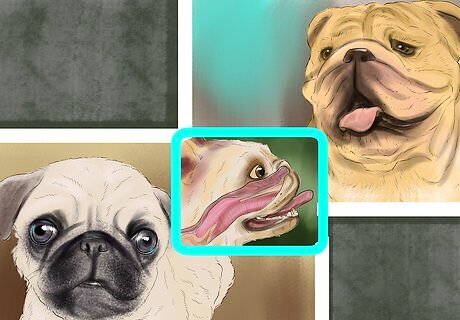
Be careful exercising with flat-faced dogs. Bulldogs are one of the breeds most likely to develop health problems. This is part because of the shape of their faces. More specifically, flat-faced dogs such as bulldogs are especially prone to brachycephalic airway syndrome. In lay terms, these dogs’ narrow upper airways make it difficult for them to breathe normally, and they are likely to develop potentially serious breathing complications. Other types of brachycephalic dogs include Boston Terriers, other types of bulldogs, Boxers, and Pugs. Stop frequently on jogs and walks with a brachycephalic dog, and make sure you bring plenty of water and choose routes with lots of shaded spots to rest. One sign of potential breathing issues is loud snoring. If your dog breathes especially loudly at night, let your veterinarian know.
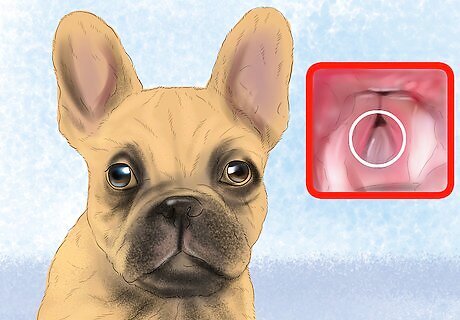
Keep brachycephalic dogs indoors during hot weather. Pugs are another flat-faced breed that are likely to develop breathing conditions. Aside from narrow airways, they also have small nostrils and large palates, making even normal breathing challenging. They are also especially prone to heatstroke. Avoid strenuous exercise with your Pug as well, as it may further complicate their ability to breathe. These same rules apply to French Bulldogs, who also have the disadvantage of narrow tracheae. Note that Pugs are also likely to suffer from eye and skin conditions, and that French Bulldogs are likely to suffer from orthopedic problems. In fact, the health complications associated with small, commonly inbred brachycephalic dogs such as these have led many veterinarians to recommend against owning these breeds.
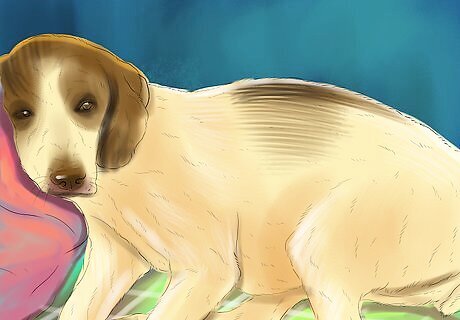
Do not feed your dog in immediate proximity to exercising. Some dog breeds, such a German Short-haired Pointers, are especially prone to bloat. Bloat is not only uncomfortable, it is also especially dangerous for dogs, as it can restrict blood flow to vital organs. Feed dogs that eat quickly, including pointers, small meals. Further, make sure to never feed your dog within the 30 minutes preceding or following strenuous exercise. Note that German Short-hairs are generally quite healthy, but can also be susceptible to heart issues, skin disorders, and eye problems.
Monitoring for Musculoskeletal or Weight Issues
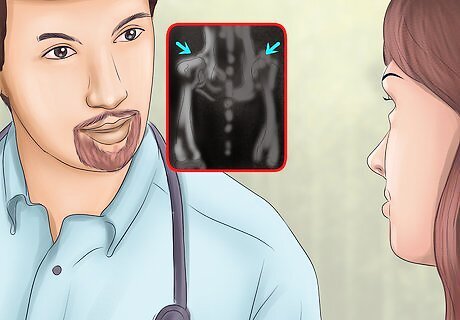
Talk to your veterinarian about how to postpone arthritis. Many large-breed dogs, such as German Shepherds, are especially prone to musculoskeletal disorders such as hip dysplasia and elbow dysplasia. These conditions can lead to pain, arthritis, and potentially lameness. Medication can help postpone arthritis, but should only be provided with the consent of your veterinarian. In serious cases, surgery is often necessary to repair the musculoskeletal issues that large dog breeds are likely to develop.
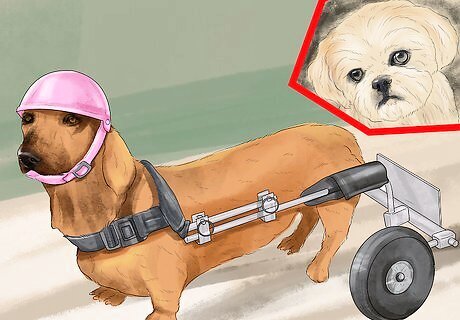
Treat musculoskeletal issues in small dogs immediately. Small dogs, such as Shih Tzus, Yorkshire Terriers, and Dachshunds, may be at greater risk of specific musculoskeletal problems, such as inter-vertebral disc disease, hip dysplasia, and patellar luxation. Note that these dogs’ risk for injury from jumping, climbing stairs, or vigorous exercise is greater than in other breeds. Patellar luxation, or “wobbly kneecaps,” may cause the dog to hobble, skip, or limp. If these symptoms develop, or if your dog seems be experiencing a loss of coordination or a loss of sensation, take your dog to the veterinarian. Note that roughly ¼ of Dachshunds suffer from inter-vertebral disk disease or other musculoskeletal problems. Shih Tzus are also prone to eye problems and the airway obstructions common in short or flat-nosed breeds. Dachshunds and Yorkshire Terriers are also especially likely to suffer from eye conditions.
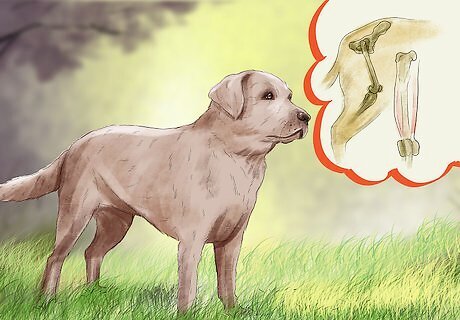
Keep big dogs active. Labrador Retrievers are not only one of the most popular breeds of dogs, they are also among the healthiest. However, they are liable to become obese if they do not got enough exercise, and/or are overfed. In turn, obesity will greatly complicate your Lab’s health, increasing the risk of musculoskeletal issues, joint issues, and diabetes. Make sure that your dog gets at least ten to twenty minutes of moderate exercise twice a day. Follow your veterinarian’s specific instructions regarding feeding. Be sure to notify them if your dog gains weight rapidly. Rottweilers are also prone to obesity, as well as potential joint issues.




















Comments
0 comment